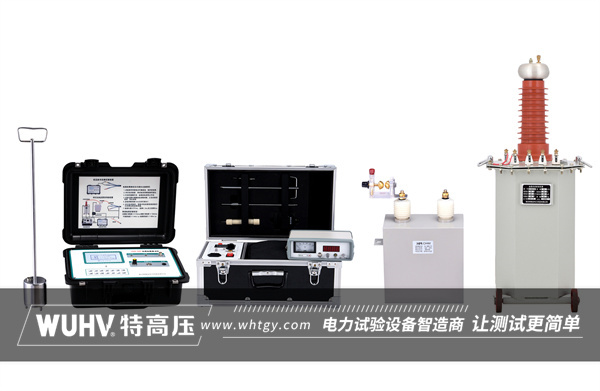The cable fault testerunder Wuhan UHV can help many power workers conduct various power tests more conveniently.

The preventive measures for insulation moisture can be expressed and summarized as follows:
Improve cable sealing performance:
Ensure good sealing performance of cable heads, terminal heads, and intermediate joints during the installation and manufacturing process of cables. Use high-quality sealing materials and sealing processes to prevent moisture from entering the interior of the cable.
For the damage of the outer sheath and steel armor of the cable, it should be repaired in a timely manner to prevent moisture from entering the cable from the damaged area.
Optimize the cable operating environment:
Ensure that cable trenches, cable wells, and cable channels are dry and avoid water accumulation. Regularly inspect the drainage system of the cable trench to ensure it is unobstructed.
For outdoor cables, it is possible to consider using cable supports to elevate and secure the cables, reducing the possibility of direct contact between moisture and the cables.
Strengthen cable damage and aging management:
During the process of pulling, threading, and laying cables, avoid mechanical damage to the cables. Use appropriate towing tools and methods to ensure the safe installation of cables.
Regularly check the insulation performance of cables, and take timely measures to deal with or replace cables if insulation aging or degradation is found.
Use moisture-proof equipment:
Install moisture-proof equipment such as dehumidifiers, heaters, etc. in cable channels or cable wells to reduce environmental humidity and minimize the possibility of moisture entering the cables.
For critical equipment and important cables, cable accessories and connectors with better sealing performance can be considered to improve the moisture resistance of the cables.
Strengthen inspection and monitoring:
Regularly inspect cables, check their appearance, connections, and surrounding environment, and promptly identify and address potential insulation moisture issues.
Using online monitoring technologies such as partial discharge monitoring, insulation resistance monitoring, etc., to monitor the insulation status of cables in real time and prevent insulation moisture faults from occurring.
Improve the quality of cable head production:
The production of cable heads is an important part of cable installation, and the quality of production directly affects the insulation performance of the cable. Therefore, the technological level and quality requirements for cable head production should be improved to ensure good sealing and insulation performance of the cable head.
Training and maintenance personnel:
Train cable installation, maintenance, and inspection personnel to enhance their understanding and prevention ability of cable insulation moisture issues. Ensure that they are proficient in cable installation, maintenance, and monitoring techniques, and promptly identify and address insulation moisture issues.
By implementing the above measures, the risk of cable insulation getting damp can be greatly reduced, and the safe operation level of cables can be improved. At the same time, regular insulation testing and evaluation of cables is also an important means of preventing insulation moisture faults.



















